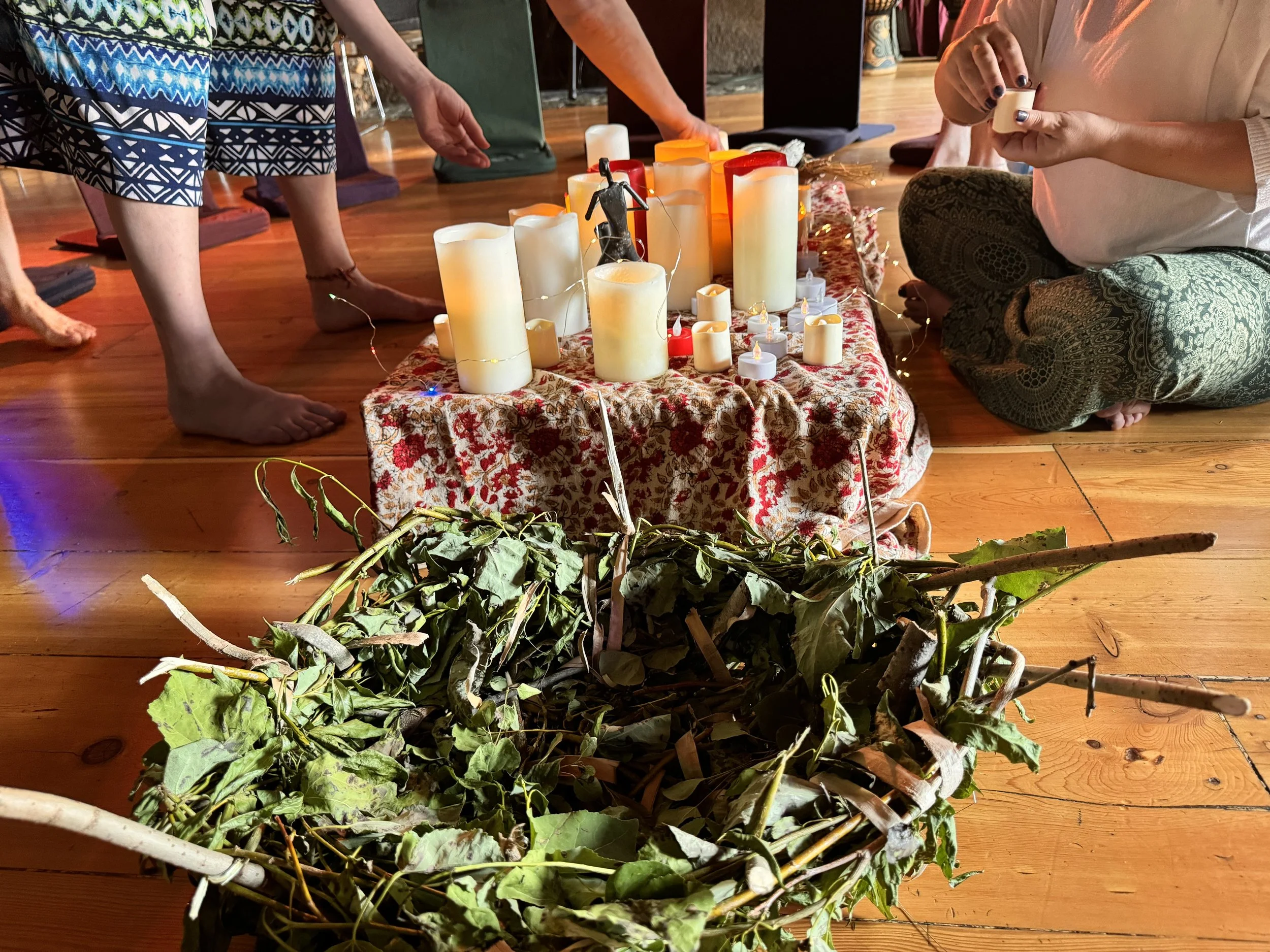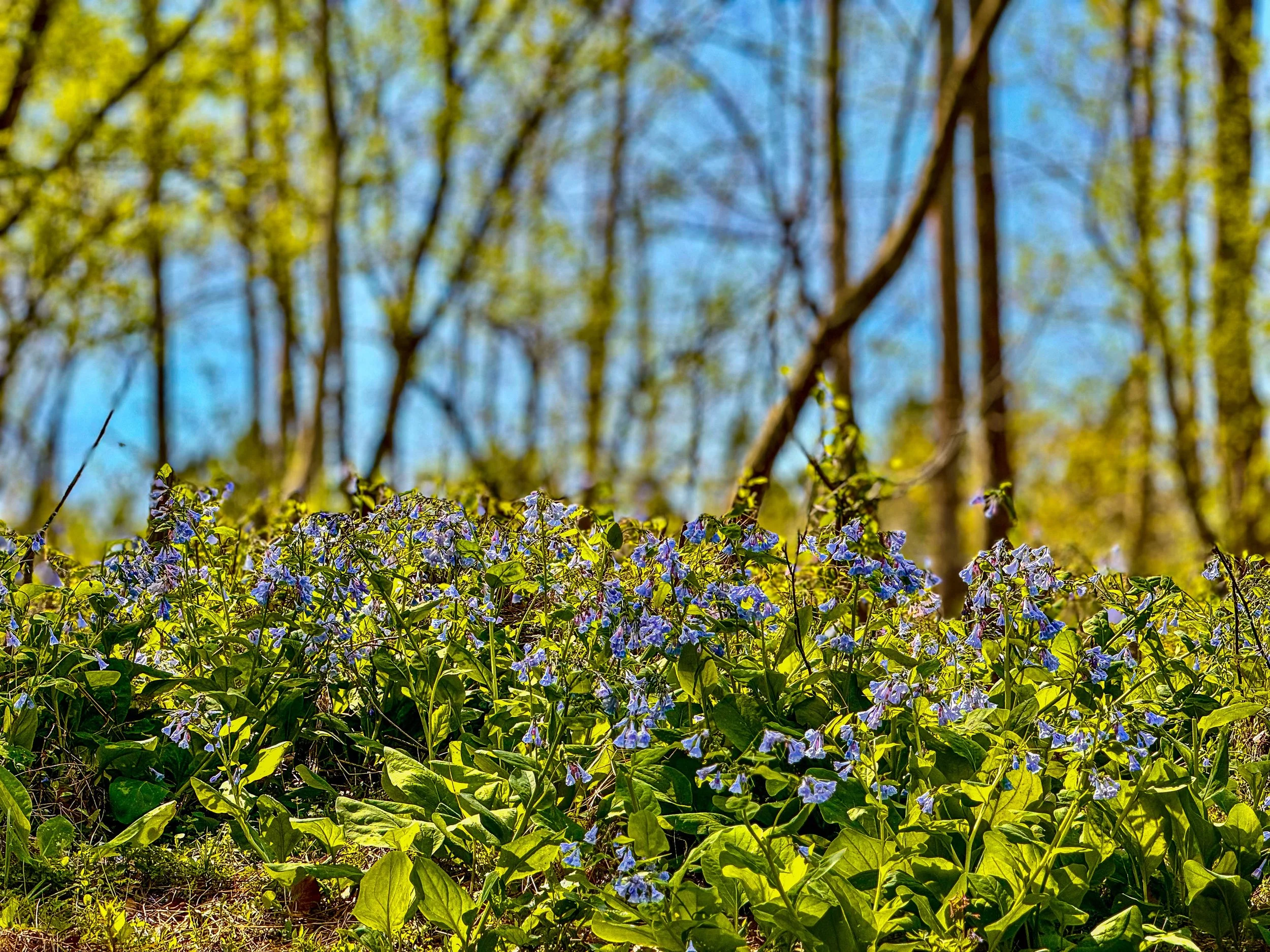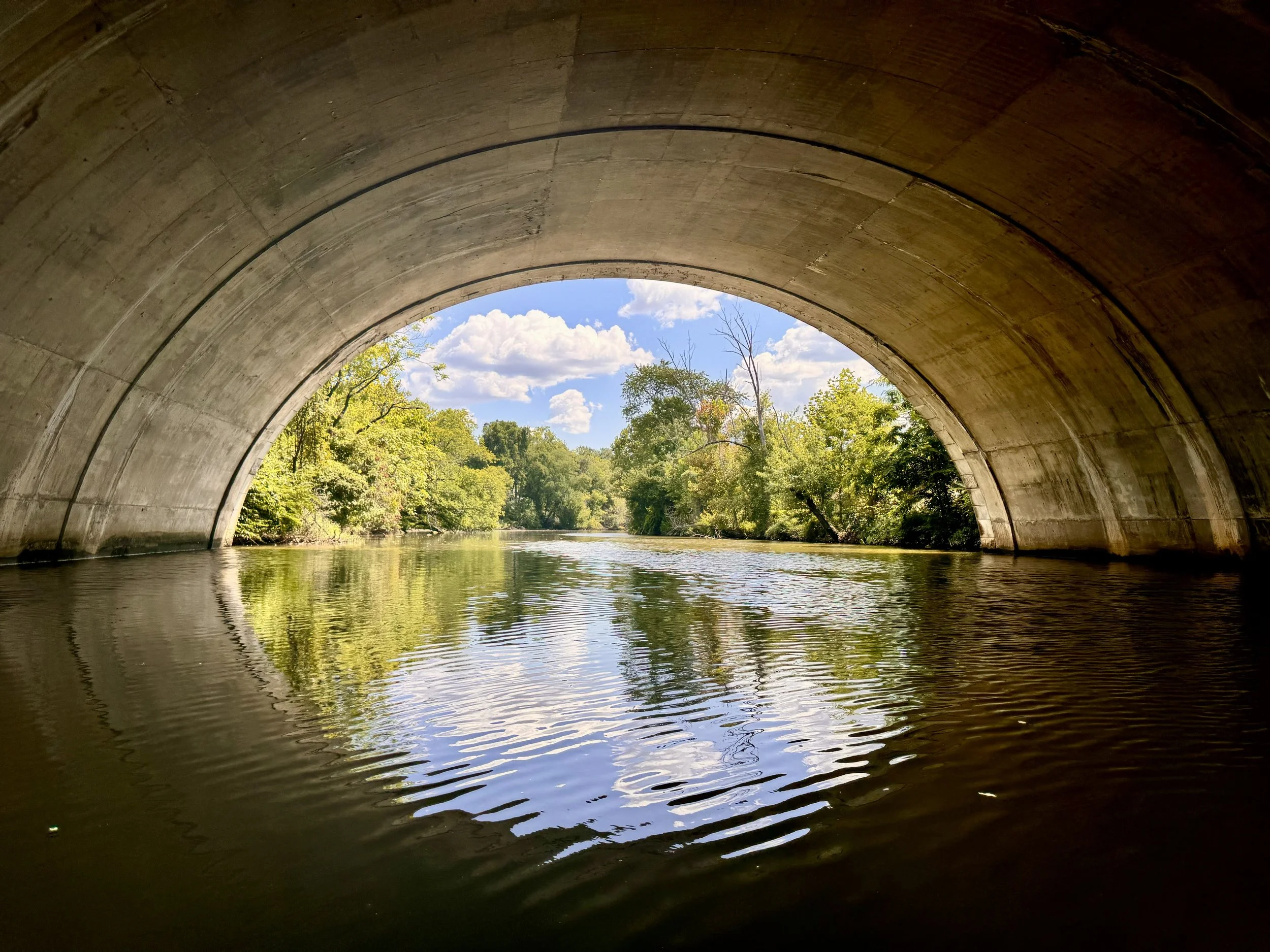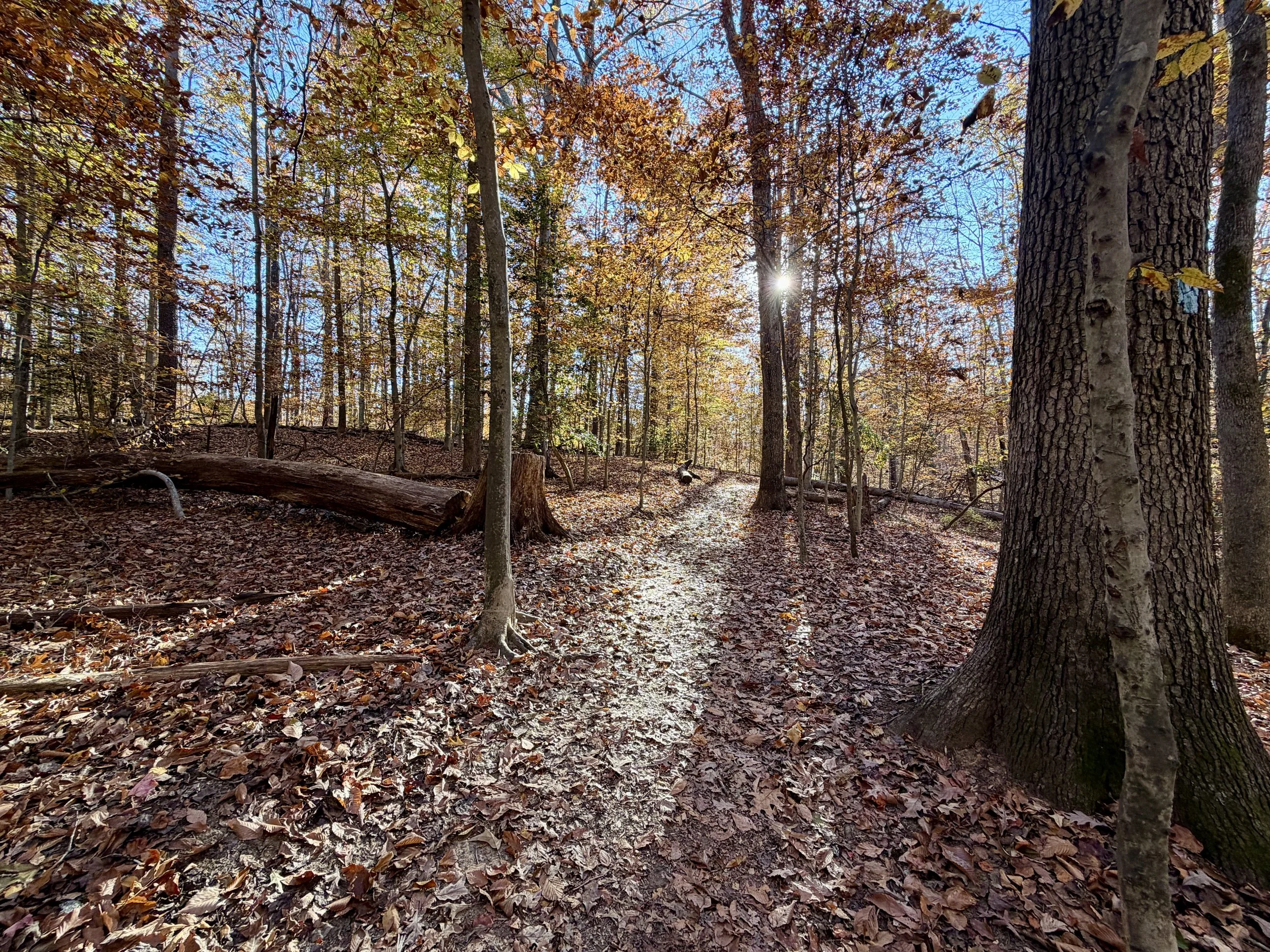After a stretch of time when a movement practice has to be all about necessity—targeted, practical, often repetitive—it’s possible to find a way back to something more soulful. The kind of movement that doesn’t come from a checklist, but from curiosity. From breath. From the quiet pull of what the body wants to remember.
Yesterday I rolled out my mat—not with a plan, but with permission. I followed sensation instead of sequence. What unfolded was less like exercise and more like listening.
And something clicked.
For years I’ve explored somatic movement, where the focus isn’t just on what a muscle can do, but on how the body supports itself as a whole. Yesterday, that idea moved out of my head and even more deeply into my tissues.
There’s something quietly profound in recognizing the role of the bones—not just as internal architecture, but as wise partners in movement. In classic table pose, for example, we align hands beneath shoulders, knees under hips—not for aesthetics, but to let the skeleton do what it’s meant to do. Support arises from the bones, not because we force it, but because we allow it.
As we move—shifting from one shape into the next—there’s a dance: muscular effort guided by breath, supported by bone. The more we attune to that dance, the more we can let go of the idea that we need to “hold ourselves up.” We’re already being held.
And then there’s breath.
So often we forget it. We power through as if breath were an afterthought—like a backdrop, not a tool. But breath, especially the textured steadiness of ujjayi, changes everything.
Ujjayi doesn’t just fuel movement—it calibrates it. It adds rhythm and resonance, like a metronome for the nervous system. When effort increases, breath steps in—not to override it, but to soften the edges. In triangle pose, there’s a fairly dramatic vertical reach of the spine across space: ujjayi breath helps the shape find integrity, not through teeth-gritting muscular effort but through engagement of breath.
Bones and breath. Two quiet forces. Often overlooked. Underappreciated.
And yet, in times when the world—or the body—feels unfamiliar, they offer something unshakeable. Something ancient and kind.
What I didn’t expect, as I found myself back on the mat after nearly three months of resistance bands and weights and whatever it took to rehabilitate my hip following surgery, was the realization that I hadn’t simply returned to my old practice—I’d found a fresh one. One shaped, maybe, by all those months of stripped-down movement. Of learning to listen more closely.
It’s new again. Reawakened. Adrienne Rich once wrote:
“The impulse to enter, with other humans, through language, into the order and disorder of our world, is poetic at its root.”
In movement, too, there is poetry. There is impulse and order and disorder. And within it, a deep remembering: that we are not held together by sheer effort alone. That balance, ease, and rhythm are not ideals, but birthrights.
The bones know. The breath knows.
And when we trust that, even in chaos—we move with more grace. We rest into a structure that doesn’t collapse. We are held.
